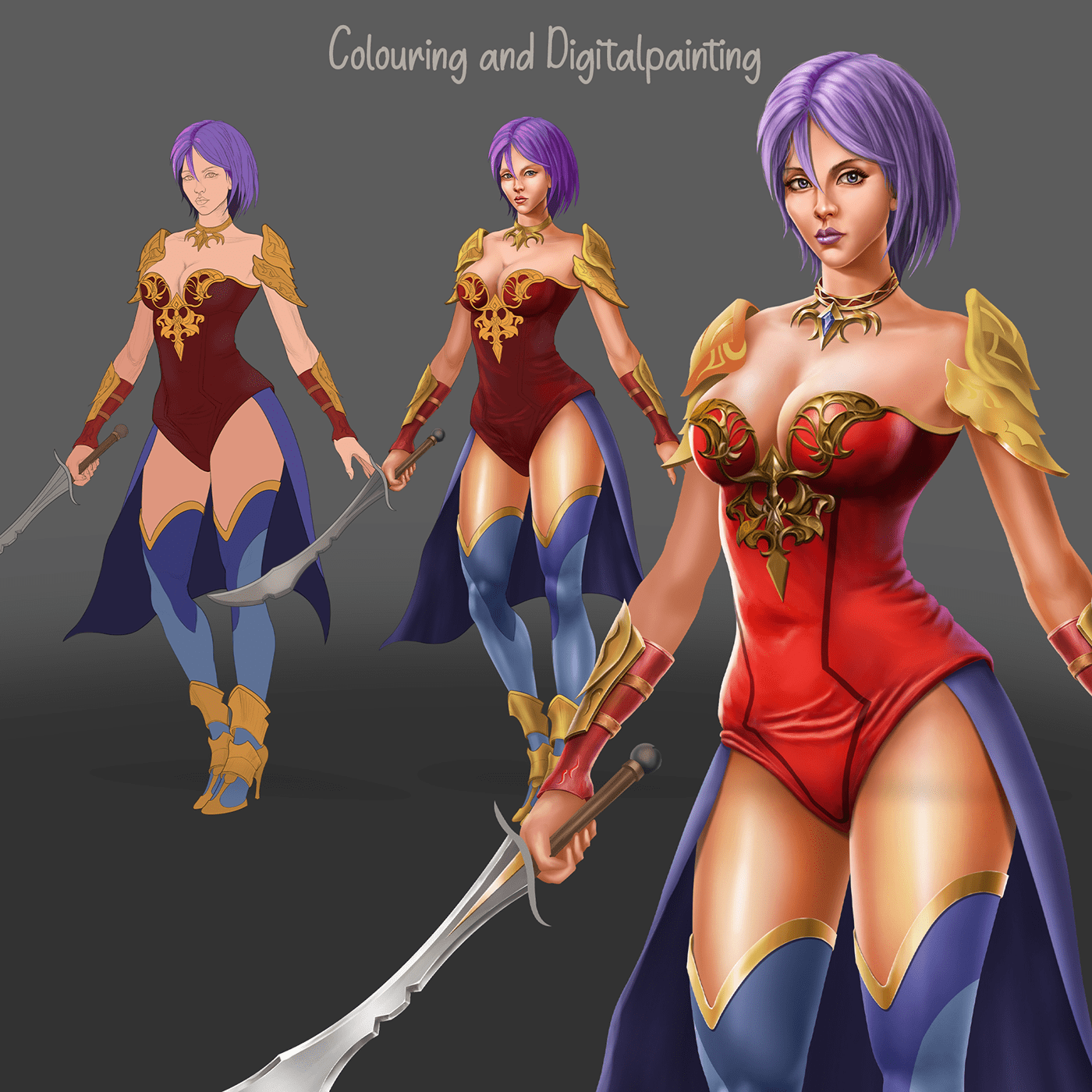As you surf the Internet, you’ve no doubt come across ads for the mobile game “Clash of Clans” dozens of times. Without making this section into an ad for it as well, the game allows you to build and upgrade your own village, train troops, and engage in battles.
This is an example of a strategy RPG (SRPGs) game and a successful one at that. The now meme’d game earned $472 million in 2023, with a cumulative revenue of $10 billion in the last decade.
More examples of SRPGs include Fire Emblem series (1990), Final Fantasy Tactics series (1997), Disgaea series (2003), Valkyria Chronicles series 2008), and XCOM series (1994).
And tactic RPGs (TRPGs)? These games focus on smaller battles (in comparison), individual missions, and challenge you with higher difficulty levels and permadeath mechanics.
Examples include Final Fantasy Tactics series (1997), Advance Wars series (2001), Into the Breach (2018), The Banner Saga series (2014), and Fell Seal: Arbiter's Mark (2019).
These RPGs do big business too.
Note: The years represent the first releases. Each game continues to be updated.
The Business
In 2022, the Strategy Games market earned $16.3 billion in revenue, making it the second most lucrative gaming format after role-playing games. Romance of Three Kingdoms, Clash of Clans, Puzzles & Survival, Rise of Kingdoms are among the top games of 2022 by revenue.
Clash of Clans continues to generate profits with $1 million per day in player spending in 2018, beating both Fortnite and Candy Crush Saga for U.S. iPhone revenue.
In 2023, there were 1.5 billion downloads in the genre.
This gaming market is projected to grow to $32.6 billion by 2031 at a CAGR of 7.8%, with Interactive, Blizzard, Subset Games, Game-Labs among the key players.
Based on the device, the market covers PC, Mobile, Tablet, etc, includes Client Type, Webgame Type by nature of product, and North America, Europe, Asia-Pacific, South America, and Middle-East and Africa in geographical reach.
This delivers an important message to each game development studio to prioritize mobile games.
Strategic and Tactics RPGs are both subgenres of role-playing games (RPGs). They come with many similarities but several differences as well. In this article, we showcase what these differences are and how they make these subgenres unique.
Strategy vs Tactics RPG Games
The following are the metrics that distinguish strategy role-playing games from tactical role-playing games:
1. The Scope and Scale
● SRPGs have a broader scope in its gameplay with a focus on large-scale battles, empire management, or kingdom building. The players often control entire armies, manage resources, and make decisions with long-term, game-wide consequences.
● TRPGs have a narrower scale in gameplay with focus on smaller, individual battles. The players control a smaller group of characters, engaged in tactical combat decisions with immediate consequence to the battle at hand.
You could very well think of it as a war (Strategic RPGs) vs a battle (TRPGs).
2. The Combat Mechanics
For the game mechanics,
● With SRPGs, players manage several battle units across an expansive battlefield. The terrain, unit positioning, and the abilities/spells available to them are a few aspects they must leverage to win or gain an advantage over the enemy.
● TRPGs encourage players to focus on moving characters on a grid-based field to attack the enemy or achieve an objective. Positioning, terrain effects, and exploiting enemy weaknesses are considered when developing the strategy.
Turned-based play is common to both.
3. The Character Progression and Customization
● SRPGs have extensive character progression systems that enable players to level up characters, acquire new abilities, and customize their equipment or skills, over a big network of units. They can also recruit and train new battle units to fortify their armies.

● TRPGs are similar in the ability to level up characters and acquire new abilities, but they focus on individual strategies that help the players win battles and not on managing a collection of battle units. In other words, they focus on individual units rather than entire armies.
4. The Narrative and Storytelling
Both types of RPGs have engaging stories but,
● SRPGs cover complex narratives that span entire kingdoms, the political situation, and battles between the factions within. The choices made by the players affect the overall story and result of the game.
● TRPGs follow along with how individual characters progress through battles, rather than the overarching conflict.
The End?
Certainly not! As mentioned above, the strategy games market is expected to grow at a significant rate and chances are your patronage to your favorite tactical strategy RPG contributes to this economic climb.
There is ample opportunity to introduce your game idea and make it a reality, making it enticing for career and financial success.
Help from the right game development studio can help you be part of this economic boom for strategy/tactics RPGs.
EDIIIE, with its cutting-edge technology and expert developers, can deliver services in several areas such as RPG games weapons, 3d character animation, and AI in gaming.










